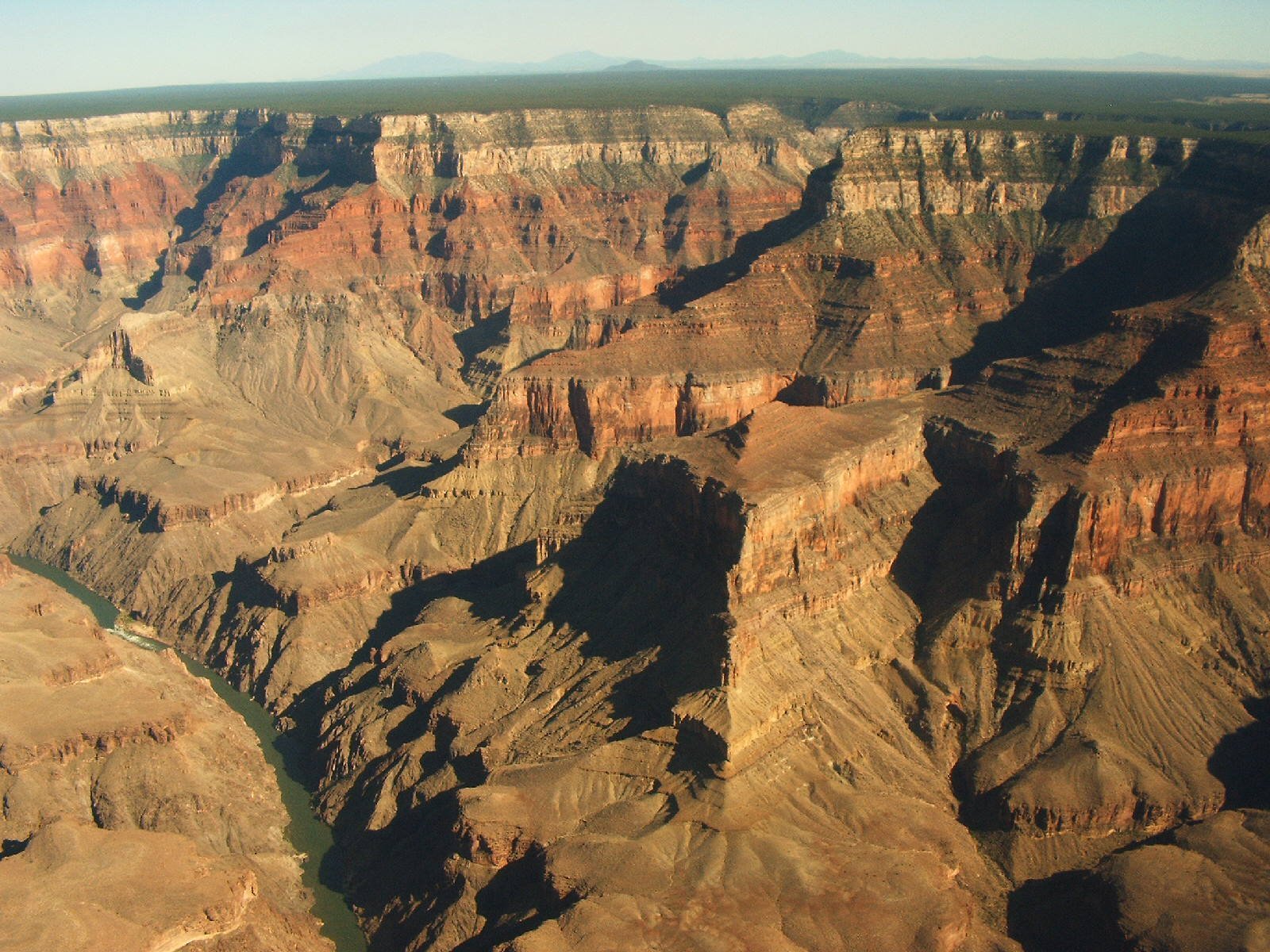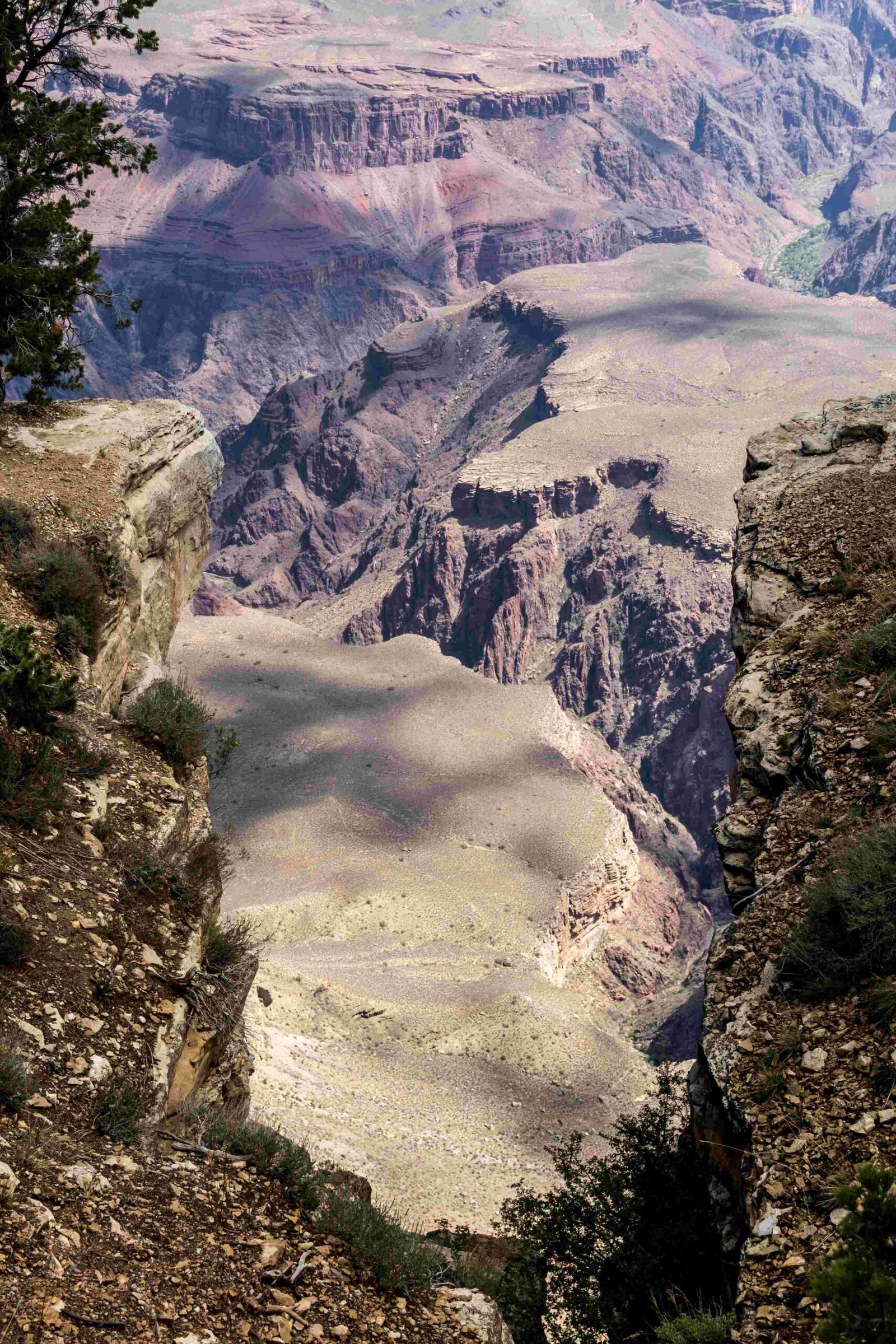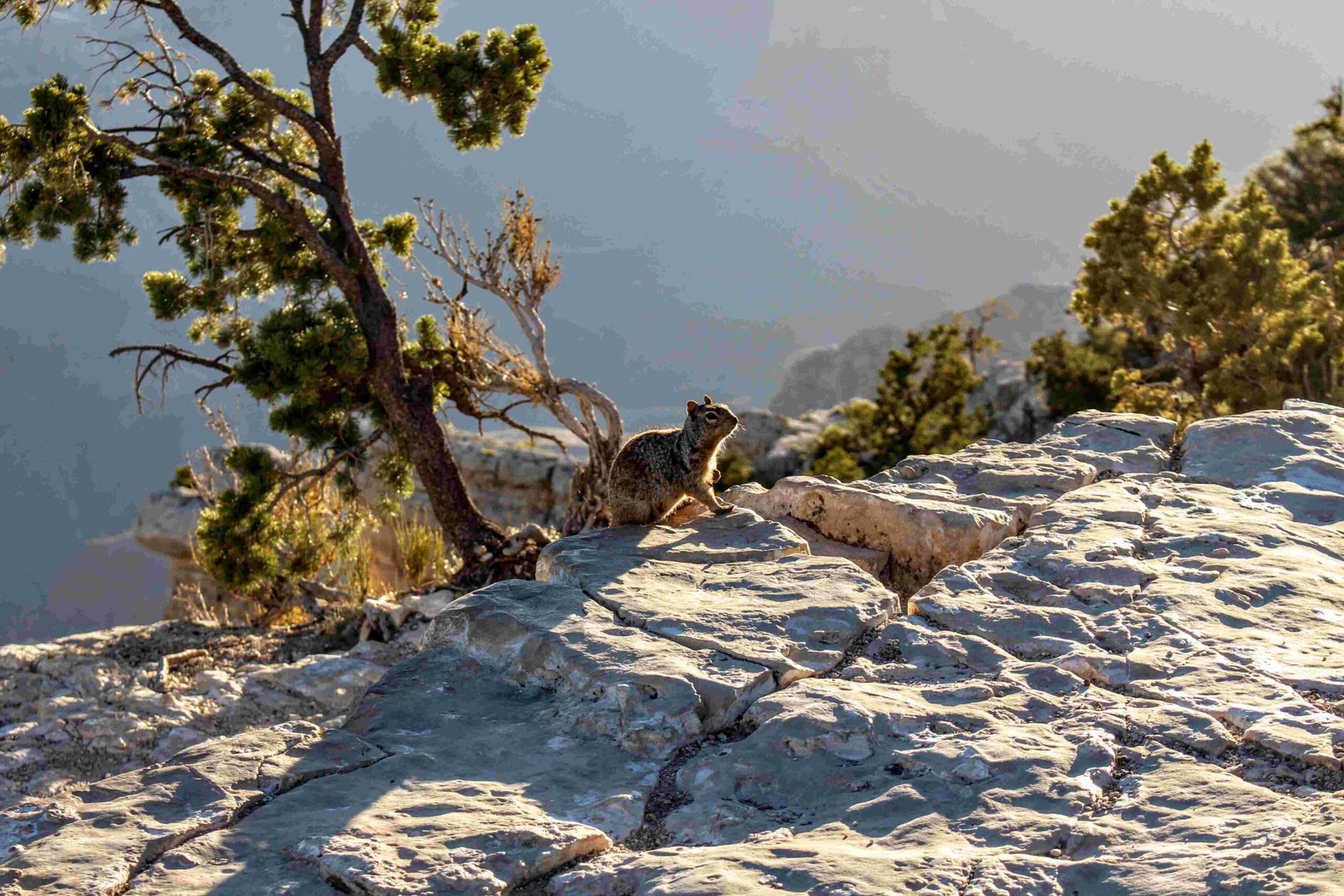The Grand Canyon National Park represents a remarkable ecological tapestry, hosting an extraordinary diversity of animal and plant life across multiple elevation zones. From the rim’s coniferous forests to the river’s riparian habitats, this geological wonder supports approximately 91 mammal species, 447 bird species, and 58 reptile and amphibian species, creating a complex and interconnected ecosystem that thrives in extreme environmental conditions.
What Makes Grand Canyon’s Ecosystem Unique?

Diverse Habitat Zones
The Grand Canyon’s ecosystem is characterized by multiple distinct habitat zones, each supporting unique wildlife and plant communities:
| Habitat Zone | Elevation Range | Dominant Species |
|---|---|---|
| Coniferous Forest | 7,000+ feet | Ponderosa Pine, Black Bears, Elk |
| Desert Scrub | 4,000-7,000 feet | Pinyon Pine, Coyotes, Lizards |
| Riparian Zone | River Level | Willows, Desert Bighorn Sheep |
Mammalian Diversity
Key Mammal Species
- Mule Deer
- Mountain Lions
- Bobcats
- Bison
- 22 Bat Species
- Ringtails
- Coyotes
Avian Inhabitants
The Grand Canyon hosts an impressive array of bird species, including:
- Endangered California Condors
- Peregrine Falcons
- Bald Eagles
- Mexican Spotted Owls
- Black-chinned Hummingbirds
Reptilian and Amphibian Life
With 58 documented species, the park’s reptile and amphibian population includes:
- 6 Rattlesnake Species
- Gila Monsters
- Mountain Short-horned Lizards
- Various Frog and Toad Species
How Do Plants Survive in Extreme Conditions?

Adaptive Plant Strategies
Plants in the Grand Canyon have developed remarkable survival mechanisms:
- Drought Resistance: Cacti and desert shrubs store water efficiently
- Root Systems: Deep, extensive root networks access limited water resources
- Protective Mechanisms: Waxy coatings and small leaf surfaces minimize water loss
Vegetation Zones
- Upper Rim: Ponderosa Pine forests
- Mid-Elevation: Pinyon Pine and Utah Juniper
- Lower Zones: Banana Yucca, Claretcup Cactus
- Riparian Areas: Willows, Tamarisks
What Challenges Do Species Face?
Conservation Concerns
- Climate change impacts habitat stability
- Water scarcity in desert regions
- Human interference and tourism pressures
- Preservation of endangered species like California Condors
How Can Visitors Experience Wildlife?
Observation Recommendations
- Use designated viewing areas
- Maintain safe distances from wildlife
- Participate in ranger-led educational programs
- Bring binoculars and field guides
- Visit during early morning or late afternoon
Ecological Significance
The Grand Canyon’s biodiversity represents more than a collection of species—it’s a complex, interconnected system demonstrating nature’s resilience and adaptability.
Research and Conservation
Ongoing scientific research continues to reveal the intricate relationships between species, providing crucial insights for conservation efforts.
Reference:
– National Park Service
– Grand Canyon Wildlife Resources
– U.S. Geological Survey Biodiversity Reports

